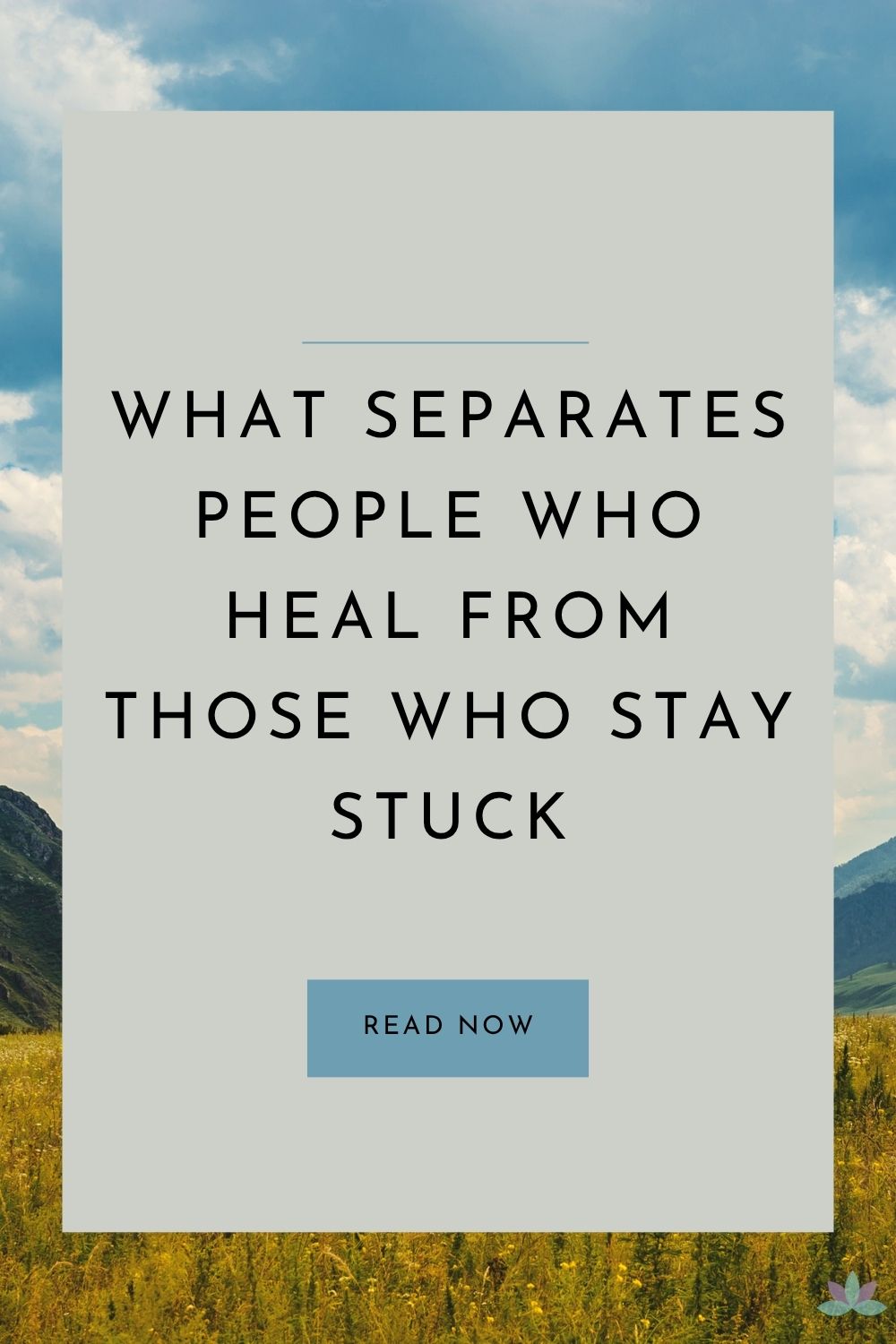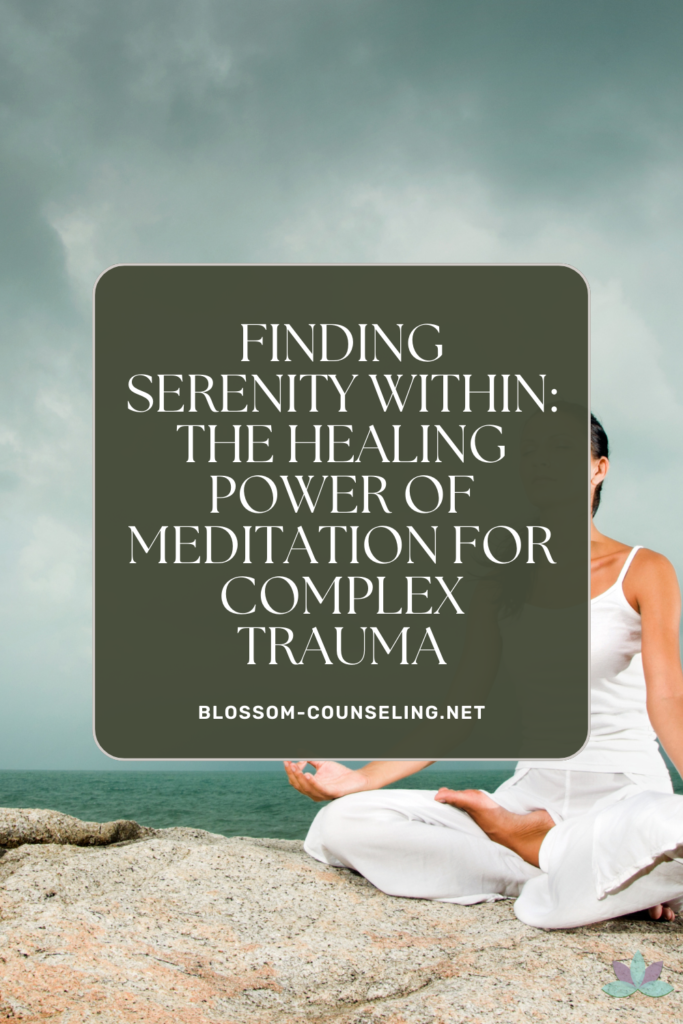 Healing isn’t neat, simple, or the same for everyone. But if you’ve ever wondered why some people seem to grow through what broke them while others feel stuck in the same loops, you’re definitely not alone.
Healing isn’t neat, simple, or the same for everyone. But if you’ve ever wondered why some people seem to grow through what broke them while others feel stuck in the same loops, you’re definitely not alone.
We all carry wounds—some obvious, some buried—but healing isn’t about being stronger or smarter than anyone else. It’s about mindset, self-compassion, and the willingness to face what hurts instead of running from it.
So let’s talk about what people who heal tend to do differently.
They let themselves feel it.
Healing can be uncomfortable. It stirs up emotions we’d rather avoid—sadness, guilt, fear, anger. But healing happens when we stop numbing and start allowing ourselves to feel those emotions, even when they’re messy.
They get curious, not critical.
Instead of asking, “What’s wrong with me?” they ask, “What is this trying to show me?” They treat pain as information, not proof of failure. That curiosity opens the door to understanding and change.
They stop trying to rewrite the past.
People who heal learn to stop waiting for closure or the apology that might never come. They focus on what they can control now—how they care for themselves, who they choose to be, and what kind of peace they want to build today.
They drop the act.
Healing isn’t about pretending to have it together. It’s about being real. The ones who grow stop performing strength and start practicing honesty—with themselves and with others.
They ask for help.
Healing isn’t a solo project. The people who move forward let others in. They lean on therapy, community, or friendships that feel safe. Letting yourself be supported doesn’t make you weak—it’s what makes healing possible.
They allow themselves to change.
Growth means outgrowing old patterns, roles, and versions of yourself. It’s scary, but it’s also freedom. The people who heal let themselves evolve, even when others don’t understand it.
Healing isn’t about erasing what happened. It’s about learning to live fully, even with the scars. It’s the quiet shift from “I’m broken” to “I’m becoming.” And if you’re reading this, you’re already taking the first step.
Hi, I’m Megan! I’m a licensed professional counselor who helps kids, young adults, and adults find calm, confidence, and balance when life feels overwhelming. My approach to therapy is real, compassionate, and focused on helping you feel more grounded in your everyday life.
I get that anxiety and stress can show up in a hundred different ways—racing thoughts, tight shoulders, restless nights, or just feeling stuck. Together, we’ll slow things down, untangle what’s been weighing on you, and build tools that actually work for your life. Therapy with me is about feeling heard, supported, and capable of handling whatever comes next.
When I’m not in session, you can find me with an audiobook playing, spending time with friends, or watching a good show with my husband. If you’re ready to make life feel a little lighter and a lot more manageable, I’d love to work with you.




